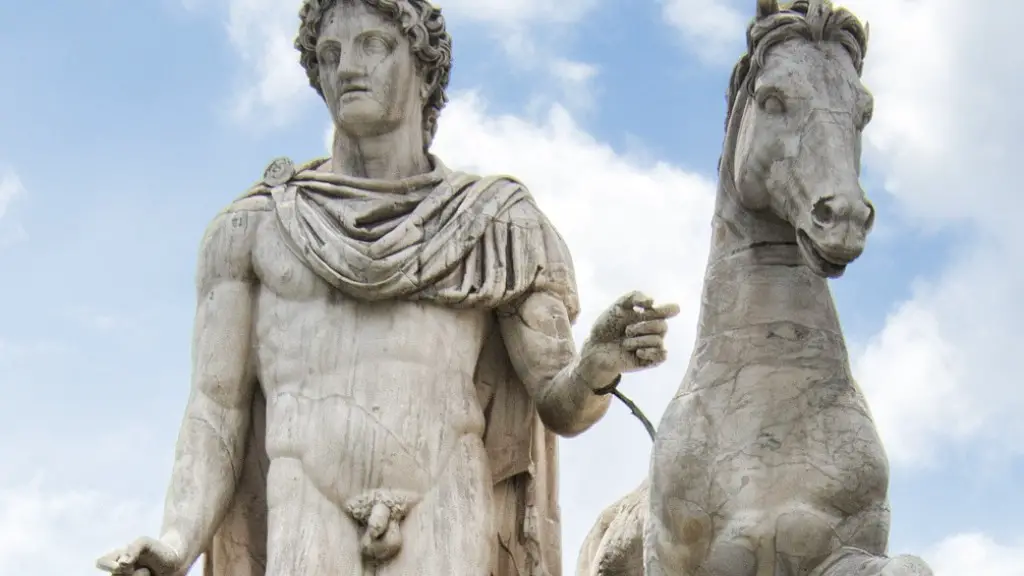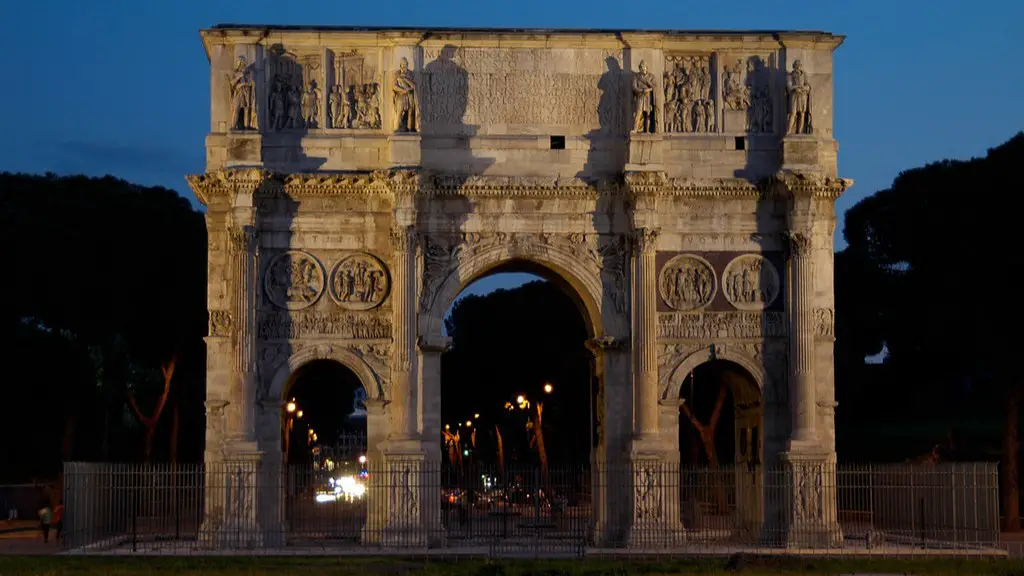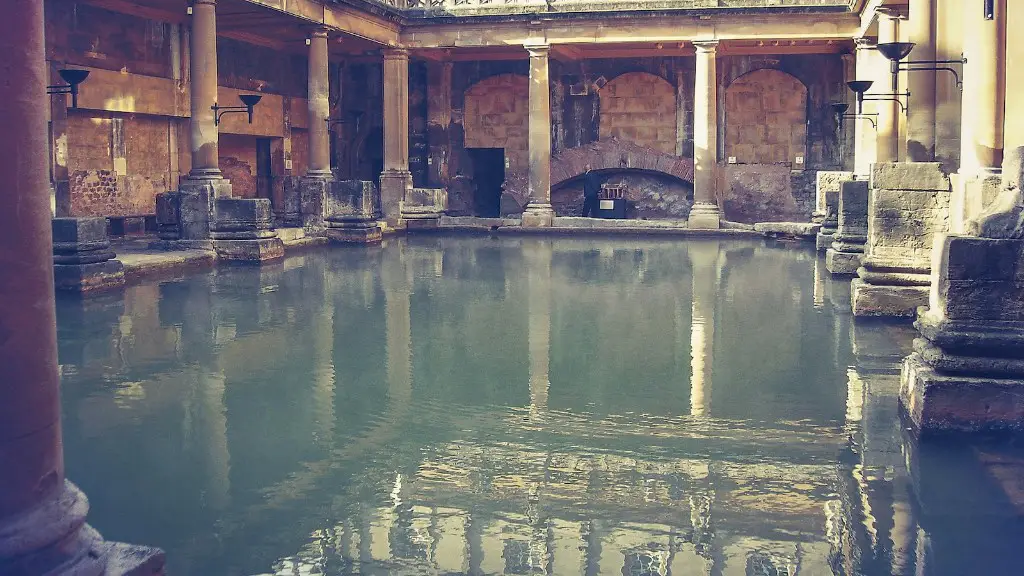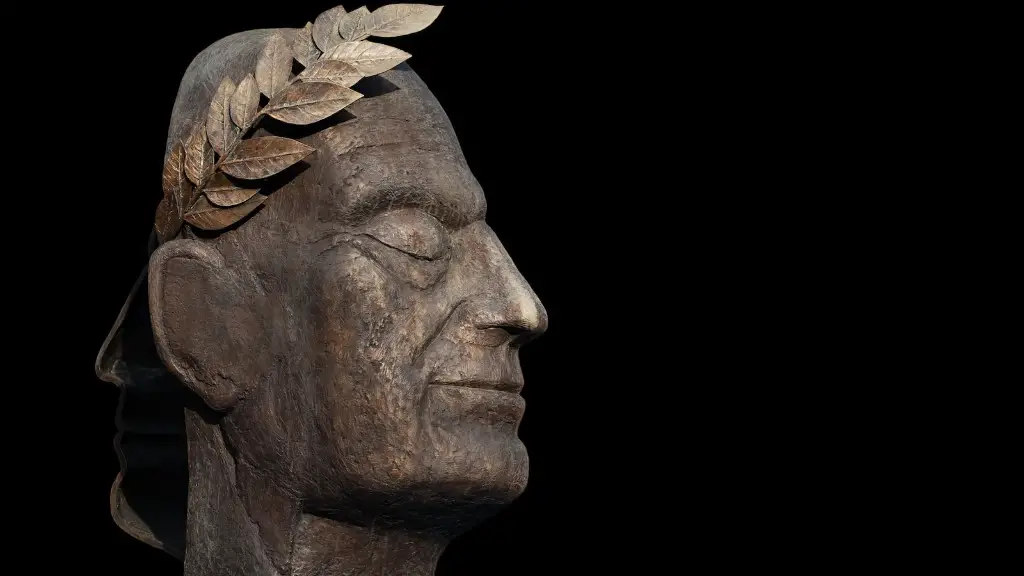Types of Gladiators in Ancient Rome
The term ‘gladiator’ originates from the Latin word ‘gladius’, meaning ‘sword’, and refers to the warriors who fought to the death in ancient Rome’s arenas. Gladiators were professional fighters who were trained in various combat techniques and weaponry. These warriors’ spectacles captivated viewers and displayed the sheer power of the Roman Empire. Ancient Rome had a variety of different types of gladiators, each with their own designation and specific set of practices mastered.
Samnites
The Samnites were one of the most famous types of gladiators in ancient Rome. They were named after the region of Samnium, a part of southern Italy, where this type of gladiator originated. Samnites were considered by the Romans as the greatest type of gladiator and were often used to face the more dangerous opponents. These warriors were armed with a shield, a sword and helmet, and their armor was often made of metal.
Retiarius
The Retiarius was a type of gladiator that were renowned for their agility, dexterity and speed. They wore a light plumed helmet, a shoulder guard and a small shield that covered their left arm. Their weaponry consisted of a scatter net, a trident and a dagger which they used to corner their opponents.
Murmillo
One of the most iconic gladiators was the Murmillo, who was named after the Greek word for sea bass due to the design of their distinctive fish-like helm. Murmillo gladiators were armed with a sword and a large shield. They wore a helmet which had a large crest, a shoulder guard and shin guards.
Secutores
The Secutores were also known as ‘pursuers’, as they were put up against the agile Retiarius and their sole goal was to pursue and eliminate them. To do this, they were equipped with a plumed helmet, a small shield and a gladius sword.
Equites
Equites were warriors who always fought on horseback and were equipped with lances, swords and shields. These gladiators were often put up against chariots or other riders, and were used to portray the grandeur of the Roman Empire.
Thraeces
The Thraeces were gladiators from northern Thrace and were renowned for their agility and ferocity. These warriors were armed with a small shield and a curved sword. They wore light pleated leather armor and helmets with crests resembling birds of prey.
Provocators and Dimachaeri
The Provocators were gladiators whose sole purpose was to fight off challengers who dared to defy the emperor or the government. The Dimachaeri were gladiators who were armed with two swords and were used to combat multiple opponents. They were believed to be the most dangerous gladiators and were only pitted against peers of the same skill level.
Lanista Gladiators
The Lanista gladiators worked for the lanista, or the manager of the gladiator school, and were trained and managed by them. They had to fight in each week’s performances and fulfill the wishes of their lanista, or risk severe punishment or death. Although their equipment was similar to a professional gladiator, their training was not as intensive, and their armor and weapons, although functional, were not of the same quality.
Bestiarii
The Bestiarii were gladiators that specialized in fighting animals, such as lions, tigers and bears. These gladiators generally wore little armor and were armed with spears, nets, and sometimes lassos, that allowed them to capture the animals without sustaining serious injury. Bestiarii were among the lowest ranked gladiators and were often seen as bait meant to entice more powerful gladiators to take on more difficult opponents.
The Role of Gladiators in Roman Society
Gladiatorial contests served to entertain the Roman people and as a way for the emperor to solidify his power. During the reign of Emperor Augustus, gladiatorial games were used to quell uprisings and gain loyalty from the citizens. Gladiatorial competitions also provided much-needed employment and diversified entertainment for the people of Rome.
The Legacy of Gladiators in Ancient Rome
Gladiators were a big part of life in ancient Rome and their legacy has persisted for centuries. Gladiators became symbols of courage, strength and justice and their images have been used throughout history in movies, books, and even video games. Today, Gladiators serve as a reminder of the power and influence of the Roman Empire.
The Physical and Mental Challenges Faced by Gladiators
Gladiators endured a grueling training regime and were often forced to endure harsh conditions. While most gladiators were male, some female gladiators also fought in the arena. Gladiators were trained to use all manner of weapons and had to face equally skilled opponents. Gladiatorial contests were often dangerous and many gladiators were injured or killed.
The Psychological Impact of Being a Gladiator
Being a gladiator was not only physically demanding but also a psychologically taxing experience. Gladiators had to constantly be at the peak of physical and mental strength or risk death in the arena. These warriors also experienced a great deal of emotional trauma due to the intensity of the fights, exposure to the public and the prospect of death.
The Gladiator Archetype in Popular Culture
The Gladiator archetype is a popular one in modern culture and is often used as a symbol of strength and courage. Films such as ‘Gladiator’ and books like ‘The Gladiator’ have created a romanticized version of ancient Rome’s gladiators. While popular culture has taken liberties with the portrayal of gladiators, their strength and courage has inspired generations.



